Portrait of Bianca Cappello (Venice, 1548 - 1587) Grand Duchess of Tuscany, second wife of Francesco I de 'Medici
Second half of the 16th century
oil on canvas, cm. 70 x 56 cm., Framed 103 x 87 cm.
Complete details of the work at this lien
The proposed painting illustrates the portrait of Bianca Cappello (Venice, 1548 - 1587), a noblewoman of Venetian origins, second wife of the Grand Duke of Tuscany Francesco I de 'Medici, whose expressive power is wisely highlighted by the composite cut of light three quarters, with the head and gaze directed at the observer. The beam of light coming from her right brings out the volumes of her face plastically and lingers on her features, highlighted by the large white lace ruff that surrounds his neck and by the details of her precious clothing.
Bianca wears a dark red dress, perhaps a zimarra, embroidered in gold with a plunging neckline and a raised collar of the shirt curled in a ruff and also edged with precious lace, embroidered with the motif of the Florentine lily.
The favorite jewels of the noblewoman were pearls: we see them on a choker that adorns the neckline, in the earrings and again in the hairstyle, which sees the hair gathered at the nape of the neck and adorned with a string of small black pearls and embellished with a clasp.
It is a high-quality painting that can be confined to the workshop of the painter Scipione Pulzone called Gaetano, representing at best a pictorial genre, that of portraiture, in which the master excelled. This attribution would be confirmed by comparisons with the numerous portraits that Pulzone dedicated to the Medici family.
Our painting, in particular, could represent one of the versions that the workshop has replicated, at the request of the numerous art collectors who wish to have a portrait of one of the most influential personalities of the Florentine scene.
The characters drawn by Pulzone were icons of incomparable elegance: noblewomen, knights and religious lent their faces to the eye of the artist who was able to grasp every meticulous detail with his superb technique. A photographic wealth and surprising material attention that trace the pictorial prototypes of Flemish inspiration, in particular of Antonis Mor (Utrecht 1520 - Antwerp 1578), who also worked in Rome, and who gave Pulzone the nickname of “Van Dyck of the Roman school ".
The portraits of him are capable of highlighting the characteristic signs of the exercise of power, both in clothes and attributes, and in the expression of the face and pose. Aristocrats appear to us as figures fully aware of their social status and, even if in their static and hieratic nature, they may seem cold or impersonal at first glance, they emanate the subtle charm of a "timeless" art.
Documented for the first time in Rome in 1562, Pulzone soon came into contact with the most important aristocratic families of the second half of the sixteenth century, becoming the official portraitist of the nobility and the ecclesiastical leadership of the city. The first to appreciate his skills as a portraitist was Marcantonio II Colonna, winner of the battle of Lepanto against the Turks (1571). It was he who opened the doors to the great Roman families, which was followed by the assignments at the Medici in Florence.
The former in chronological order are characterized by an optical and lenticular investigation, by a lucid focus on the details, applied both to the faces and to the clothes through a vitreous pictorial material. There is no doubt that the technical skill of Cajetan, who in some cases reaches mimetic excellence, has contributed to his fame. The closer one gets to the final years, the more this characteristic loses consistency and not only in the portraits he turns towards a realism of more immediate human contact, to which our portrait seems to adhere.
In exceptionally good condition, the present painting is complete with a beautiful ebonized 'wave' frame in Flemish style.
Follow us also on:
https://www.instagram.com/galleriacastelbarco/?hl=it
https://www.facebook.com/galleriacastelbarco/






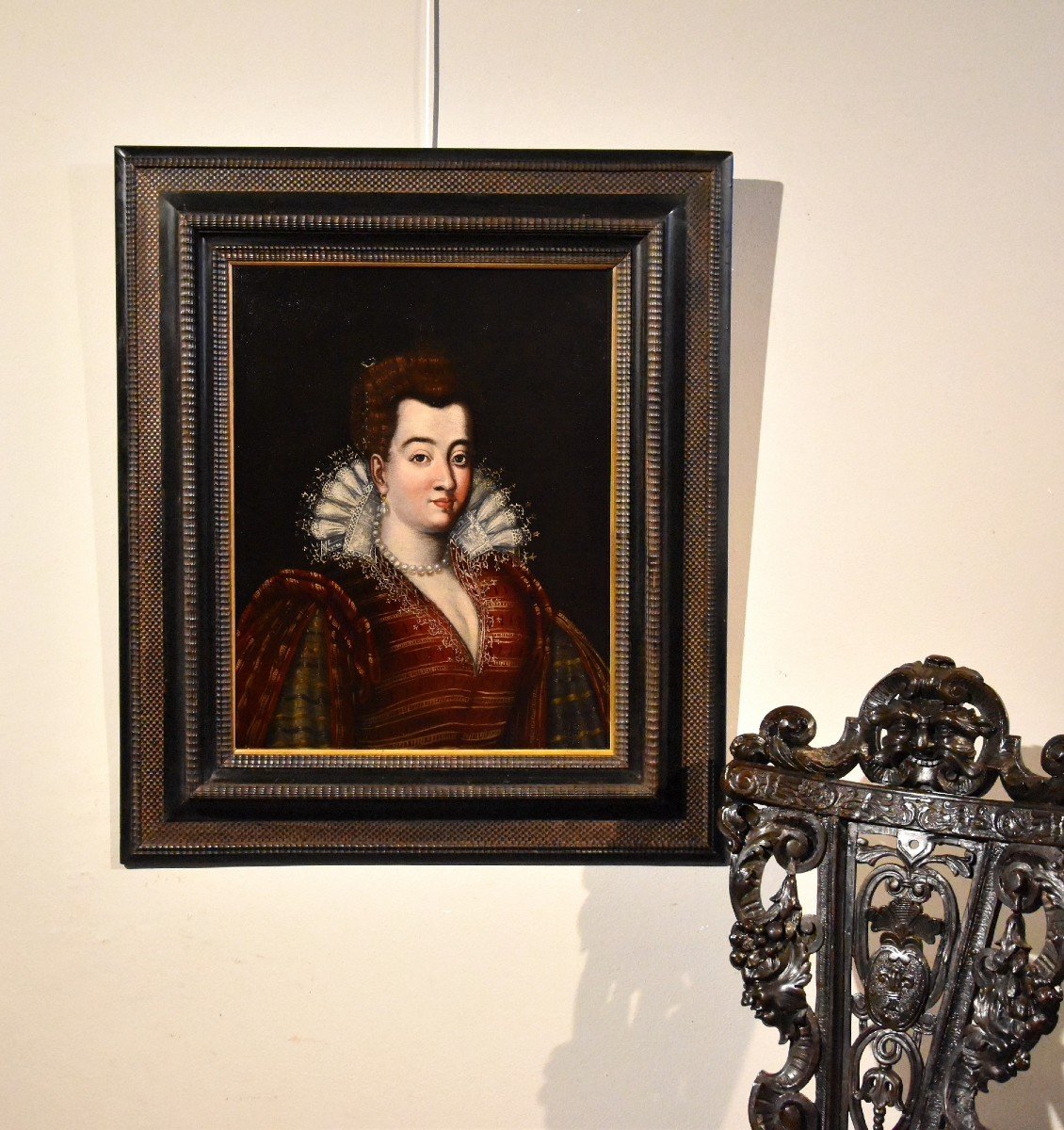
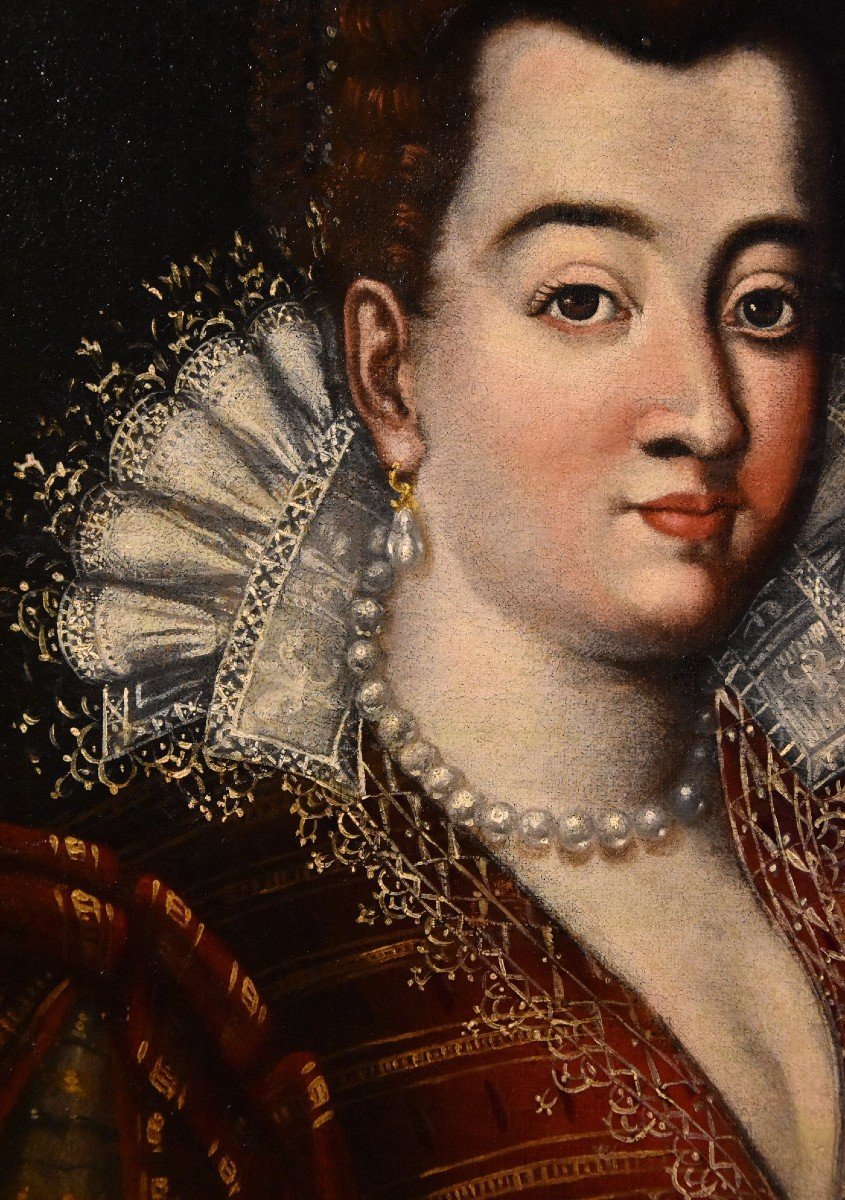
























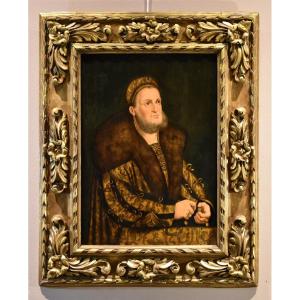






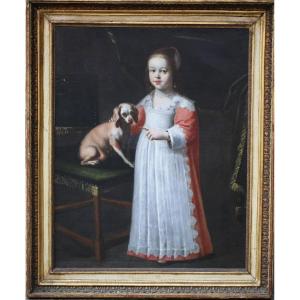
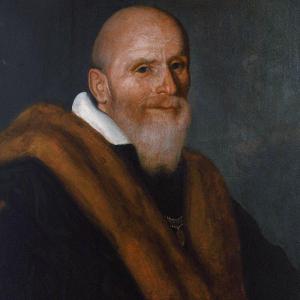





 Le Magazine de PROANTIC
Le Magazine de PROANTIC TRÉSORS Magazine
TRÉSORS Magazine Rivista Artiquariato
Rivista Artiquariato